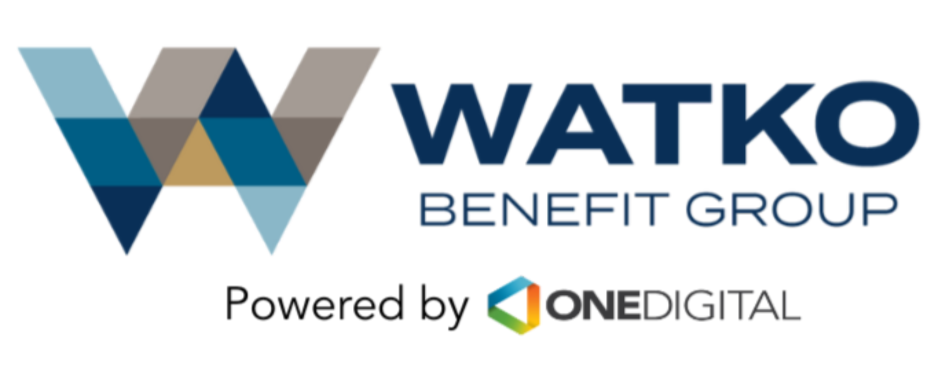In the space of a year, COVID-19 has drastically reshaped the American workplace beyond all expectations, and employees’ benefits needs and priorities right along with it.
Americans are struggling with an array of new challenges—remote work, medical issues, caregiving for family members, mental health, debt and more—and there has been a significant shift in employees’ attitudes toward their benefits. At this time of uncertainty, many people are placing a greater emphasis on building a financial safety net for themselves or their loved ones than they historically have. Employers want to respond to these evolving needs, and voluntary benefits are more relevant now than ever before. The pandemic has put a spotlight on the impact unexpected challenges can have on incomes and livelihoods, and employees are actively looking for ways to help protect what they’ve worked to achieve.
In June 2020, only 44% of employees viewed their benefits package as being “above average,” representing a marked decrease from 56% who said they did in mid-March, according to The Hartford’s 2020 Future of Benefits Study. The study also found that employees were not necessarily familiar with all aspects of their benefits, and some had overlooked services that were available to them. For example, employers reported that employee assistance programs were underutilized during this critical time, despite efforts to encourage their use.
Employers recognize a need to update their plans to meet this moment. “Many employers are looking at their benefit plans and considering ways that they can be designed to meet the evolving needs of their workforce, and voluntary coverage options are a great way to provide that flexibility and level of personalization,” says Laura Bongiorno, voluntary benefits practice lead for Group Benefits at The Hartford. Options like hospital indemnity, critical illness and group life insurance are becoming a bigger part of the conversation.
When open enrollment comes around, employees may seek out benefits that provide security should they become ill or unable to work. “The pandemic has raised awareness about hospital indemnity insurance, for example, as many people are now more keenly aware that hospitalization is something that could happen to them,” says Bongiorno. In particular, those who have high-deductible health plans may be concerned about potentially high out-of-pocket costs associated with hospital bills, and may want additional coverage to fill in the gaps. Hospital indemnity insurance provides a cash benefit that can be used as needed for a variety of emergency expenses such as medical deductibles, household expenses, travel and lodging.
Life insurance and disability coverage are also more likely to be in demand. Companies can support employees by providing them with the ability to choose the specific benefits they need based on their individual circumstances. The Hartford’s study found that 40% of U.S. workers said they would consider purchasing life insurance and other benefits during their next open enrollment period because of COVID-19.
Gen Z and younger Millennials—are more willing to upgrade or purchase additional benefits, especially those that provide financial protection. Survey respondents said these are the top five benefits they would consider selecting during their next open enrollment period due to COVID-19.
There is also a need to prioritize guiding employees through the decision making process. In the best of times ,insurance benefits can be confusing to employees. With many people working from home, the response to the pandemic has also expedited the development of enhanced digital enrollment experiences and the need to invest in tools to help drive decisions.
“I’ve found that story-driven enrollment content offers context, and is a way to really show employers are authentically looking for ways to stand behind their people,” says Bongiorno.
A range of tools from The Hartford can make it simple for employees to choose the benefits education method they prefer. For some, that could mean attending a virtual meeting, while others might prefer to view on-demand videos or opt in to texts and emails from the employee benefits portal. Presenting the material in a relatable way and tailoring the message based on an understanding of an individual’s benefits needs, influences and life stages can help ease the burden and increase employees’ trust that their company is making the right benefits decisions.




